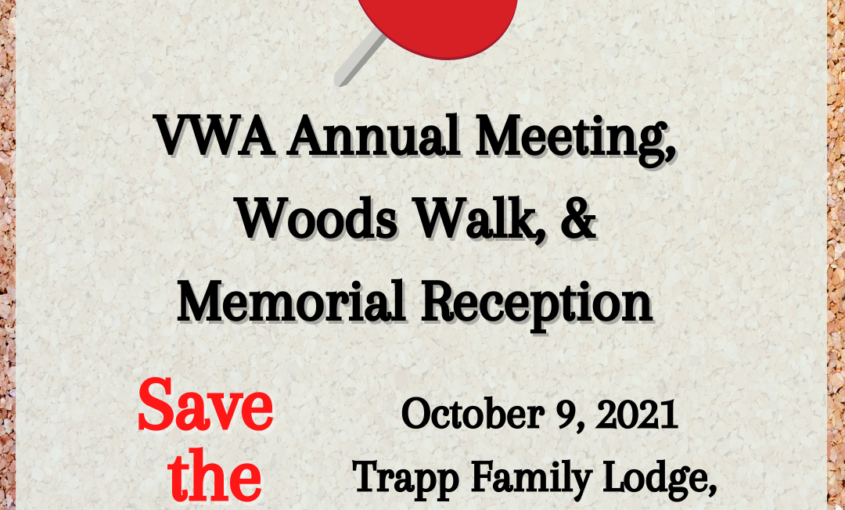Session #3: Bird-Friendly Forestry Practices and Strategies for Landowners.
September 29, from 2-3:15 pm ET Managing a forest with birds in mind is compatible with many other landowner objectives. This webinar will explore specific forest management activities and silvicultural options designed to enhance bird habitat while also achieving timber and non-timber forest product, climate adaptation and mitigation, and other ecosystem services goals. Nancy Patch,
Read More...



